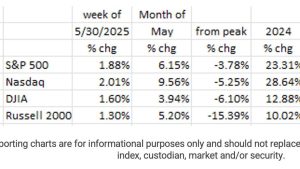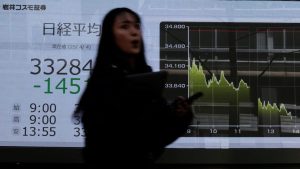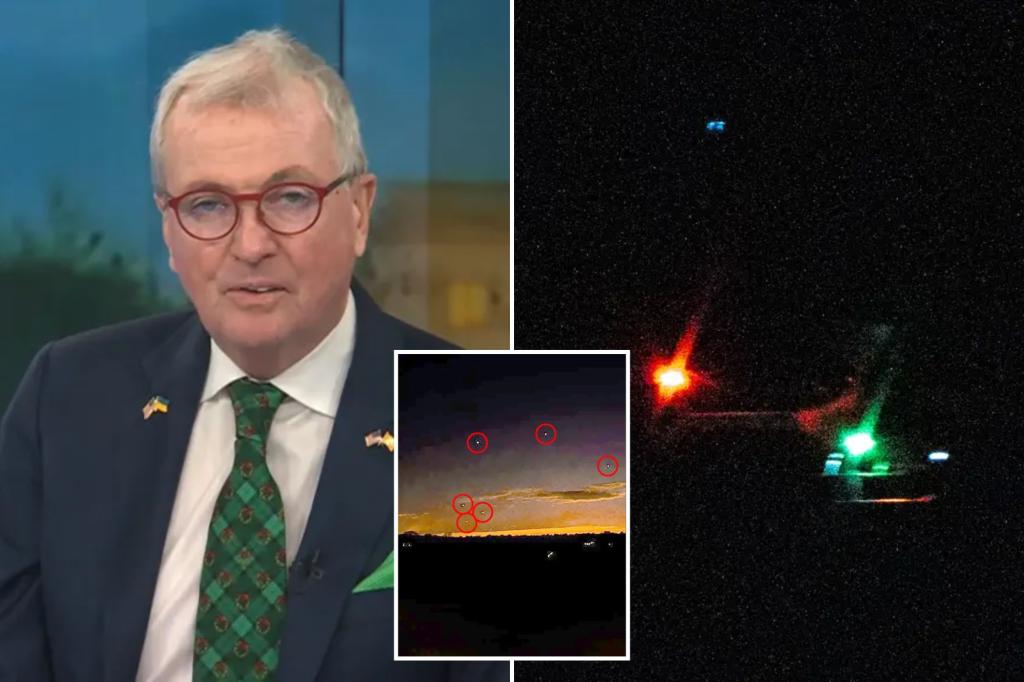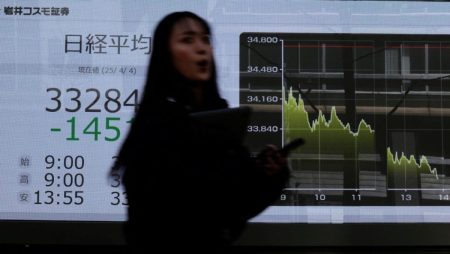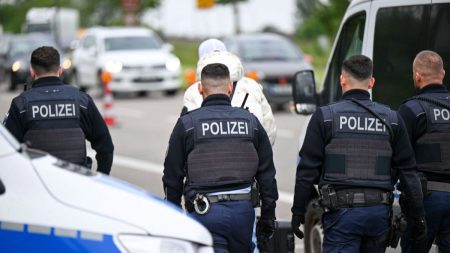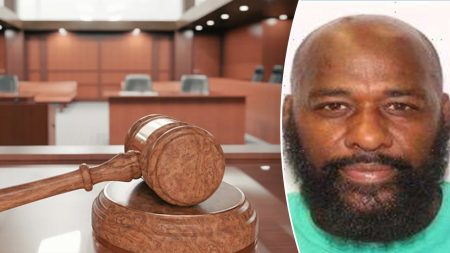Paragraph 1: The Drone Influx and Initial Concerns
New Jersey experienced a significant surge in drone sightings in late 2023, sparking concerns about potential security risks. Governor Phil Murphy addressed the issue, acknowledging the alarm caused by the sudden increase in drone activity. While initially uncertain about the nature of these flights, he emphasized the need to investigate and assess any potential threats. The sheer number of sightings, coupled with the lack of clear identification of the drones’ operators, fueled public anxiety and prompted calls for a thorough investigation.
Paragraph 2: Assurances and Underlying Vulnerability
Following the deployment of advanced drone detection systems, Governor Murphy reassured the public that the observed drone activity did not pose an immediate threat. He emphasized that these sophisticated systems provided a comprehensive view of the airspace and confirmed the benign nature of the flights. However, he stressed that the situation exposed a critical vulnerability in national security. The ease with which unidentified drones could operate within U.S. airspace highlighted the potential for future malicious activities, underscoring the need for enhanced security measures.
Paragraph 3: A "Benign Wake-Up Call"
Governor Murphy characterized the drone influx as a "benign wake-up call," drawing a parallel to the tragic events of 9/11. While the drone sightings did not result in any harm, they served as a stark reminder of the potential for aerial threats. He emphasized the importance of learning from this experience and proactively addressing the nation’s vulnerability to drone incursions. Unlike 9/11, this incident provided an opportunity to strengthen defenses before a tragedy occurred.
Paragraph 4: Identifying the Drones
The governor explained that the drones observed over New Jersey comprised a mix of commercial, law enforcement, military, and hobbyist aircraft. The sheer volume of legitimate drone operations contributed to the complexity of identifying any potentially malicious actors. The thousands of drones operating daily, while serving various purposes, made it challenging to pinpoint any unusual or suspicious activity. This highlighted the need for better tracking and identification systems to differentiate between authorized and unauthorized drone flights.
Paragraph 5: Investigating Suspicious Activity and Implementing Restrictions
Despite the overall benign nature of the observed flights, Governor Murphy acknowledged the possibility of prior suspicious drone activity before the deployment of the advanced detection systems. He admitted that the lack of adequate tracking capabilities at the time made it difficult to retroactively investigate those earlier sightings. To mitigate potential risks and facilitate ongoing investigations, the Federal Aviation Administration (FAA) implemented temporary flight restrictions over specific areas of New Jersey, banning drone operations until further notice.
Paragraph 6: Public Engagement and Interagency Collaboration
The investigation into the drone sightings involved extensive public engagement and interagency cooperation. The FBI received thousands of tips from residents in the tri-state area, demonstrating a high level of public awareness and concern. This influx of information underscored the importance of citizen involvement in national security efforts. Furthermore, the collaborative efforts of the Department of Homeland Security, the FBI, the FAA, and the Department of Defense exemplified a coordinated approach to addressing the complex challenge posed by unidentified drone activity. This interagency cooperation was crucial for gathering information, assessing potential threats, and implementing appropriate security measures.

